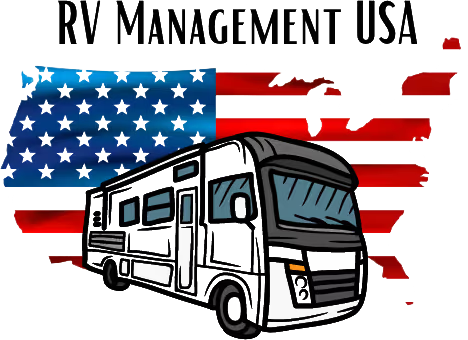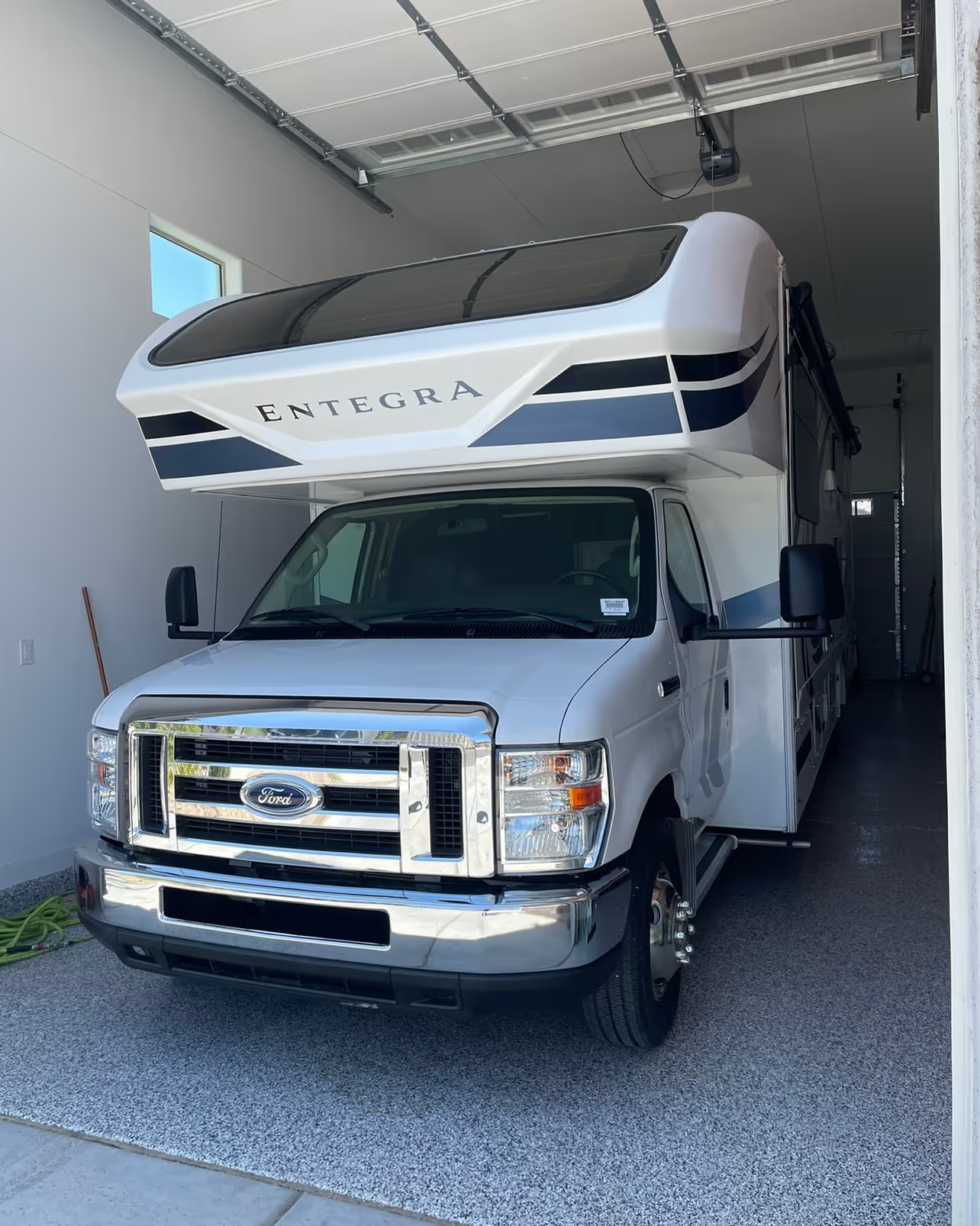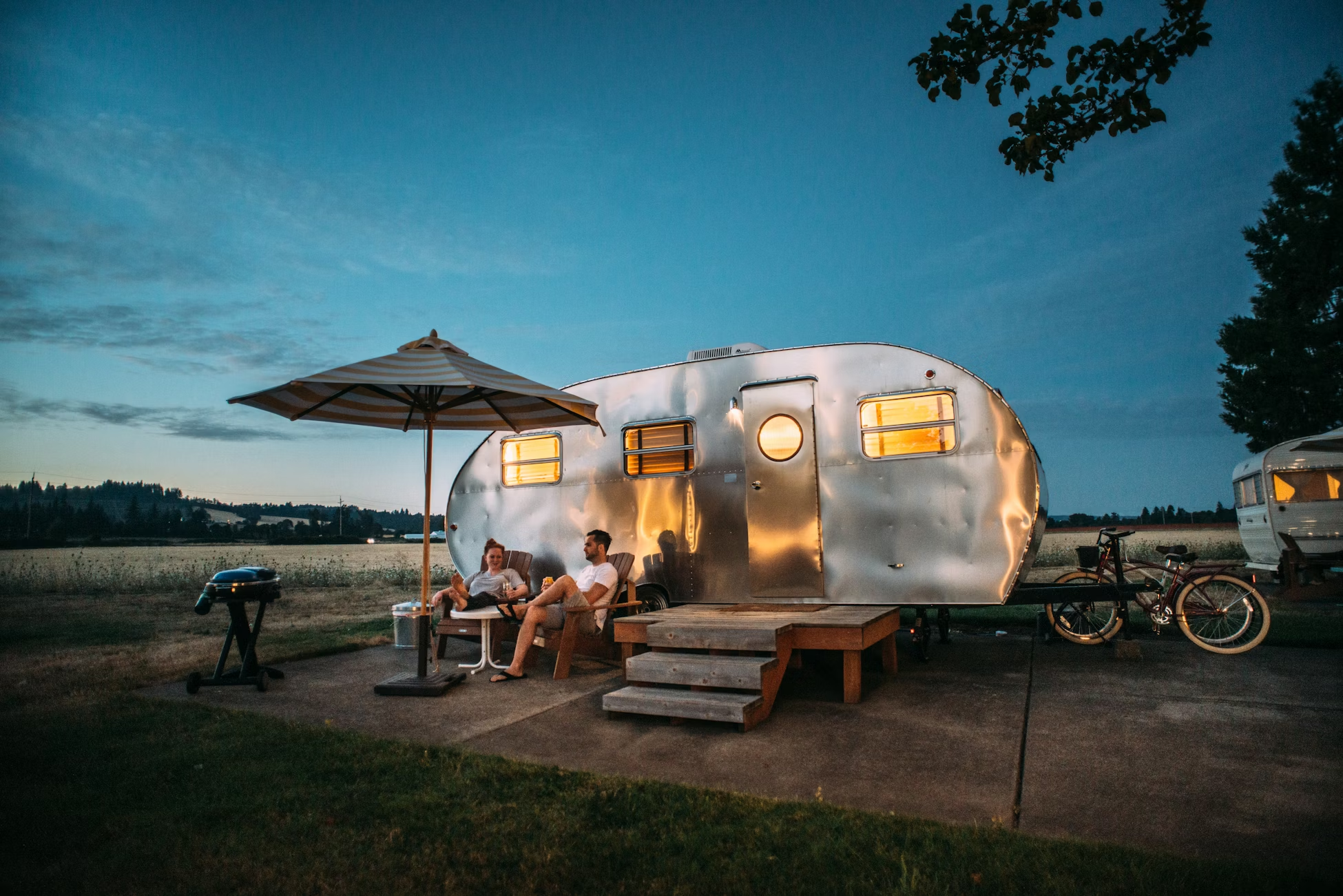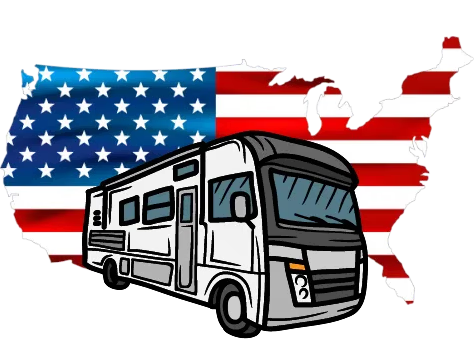You don’t need to be an RV enthusiast to profit from the rental market—you just need a plan. With the rise of RV rental platforms and fully managed services like RVM, building a portfolio of income-generating RVs is now easier, more scalable, and more passive than ever before.
In this article, we’ll walk you through how investors are building RV portfolios from one to ten units, and earning monthly income with minimal effort. Whether you’re starting from scratch or thinking about expanding, here’s your guide to building a high-ROI rental RV portfolio.
Table of Contents
- The Appeal of RV Portfolios for Passive Investors
- Start with One: The Proof-of-Concept Phase
- Financing Strategies to Expand Without Tying Up Capital
- Criteria for Selecting High-Performing RVs
- Building Across Territories: Diversifying by Region
- Operational Leverage: TMs and the RVM System
- Scaling with Consignment and Partner Units
- Income Modeling: What Multi-RV Portfolios Can Earn
- Final Thoughts: Long-Term Wealth on Wheels
1. The Appeal of RV Portfolios for Passive Investors

RV rentals are no longer a side hustle—they’re an investable asset class. For passive investors, the appeal is threefold:
- Cash flow that rivals or exceeds short-term rentals
- Depreciable hard assets with tax advantages
- Fully managed operations via RVM and local Territory Managers
Unlike traditional real estate, RVs require less capital upfront, enjoy faster ROI, and have mobility advantages—literally. You can place them where demand is strongest.
2. Start with One: The Proof-of-Concept Phase
Every RV portfolio begins with a single unit. Your goal here isn’t to scale—it’s to validate the model.
Start by choosing:
- A reliable Class C or lightweight travel trailer
- A region with established demand (national parks, summer hotspots)
- A partner like RVM to handle logistics
Let that one unit prove out the economics:
- Booking volume
- Monthly net income
- Maintenance rhythm
Once the unit demonstrates $4,000–$8,000 in annual net income, you’re ready to scale.
3. Financing Strategies to Expand Without Tying Up Capital
Smart investors use leverage to scale. Here’s how RV portfolio builders are doing it:
- RV Loans: Many banks offer terms up to 15 years, with as little as 10–20% down
- Business Lines of Credit: Secure better terms when buying multiple units under an LLC
- Partner Equity: Team up with passive investors, split profits (or give a fixed return)
- Consignment-Funded Growth: Start managing RVs owned by others and take a % cut
Pro tip: RVM helps connect qualified buyers to third-party financing partners that understand rental unit economics.
4. Criteria for Selecting High-Performing RVs
Not all RVs perform equally. Top earners in the RVM network tend to be:
- Under 5 years old (for reliability and insurance compliance)
- Sleep 5+ comfortably
- Pet-friendly and family-oriented
- Equipped with desirable features like slide-outs, awnings, solar, or outdoor kitchens
Avoid ultra-luxury or niche rigs unless you’re in a premium tourism market. Bread-and-butter units book more often—and are easier to turn around.
5. Building Across Territories: Diversifying by Region
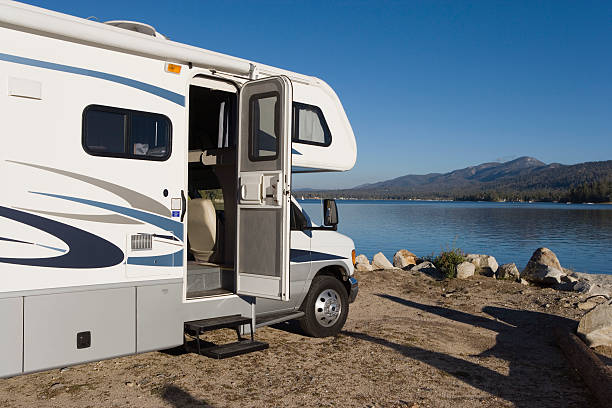
Just like real estate, location matters. As your portfolio grows, spread your RVs across regions to reduce seasonal dependency.
- Summer markets: Colorado, Pacific Northwest, Canadian Rockies
- Winter markets: Arizona, Florida, Southern California
- Year-round: Texas Hill Country, Carolinas, Nevada, Utah
With RVM, you can place units in different TM territories while retaining centralized reporting and revenue.
6. Operational Leverage: TMs and the RVM System
You don’t need a team. RVM already has one.
Territory Managers handle:
- Listing setup and optimization
- Renter communication and screening
- Deliveries, walkthroughs, and inspections
- Cleanings and issue resolution
You receive:
- Monthly payouts (45% share)
- Booking reports and insights
- Tax documentation
This structure allows you to scale the portfolio without scaling your workload.
7. Scaling with Consignment and Partner Units
Want to grow without buying more RVs?
Consignment lets you manage RVs owned by others. You earn a cut (10–20%) for placing them in RVM’s system, while the owner earns 45%.
Some investors build hybrid portfolios:
- 2–3 units they own
- 3–5 units on consignment
This approach allows you to build reputation, test markets, and scale income without additional capital.
8. Income Modeling: What Multi-RV Portfolios Can Earn
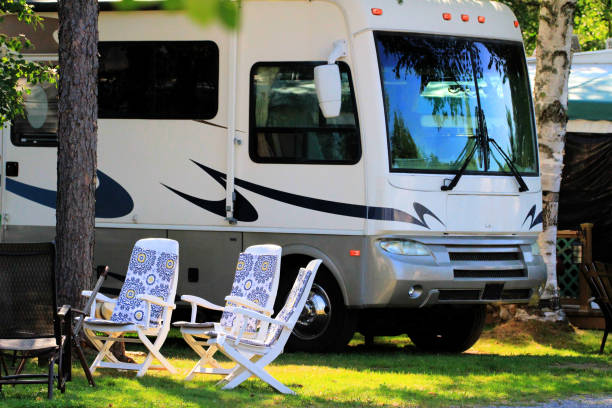
Let’s say you build a portfolio of five RVs—all personally owned and managed through RVM.
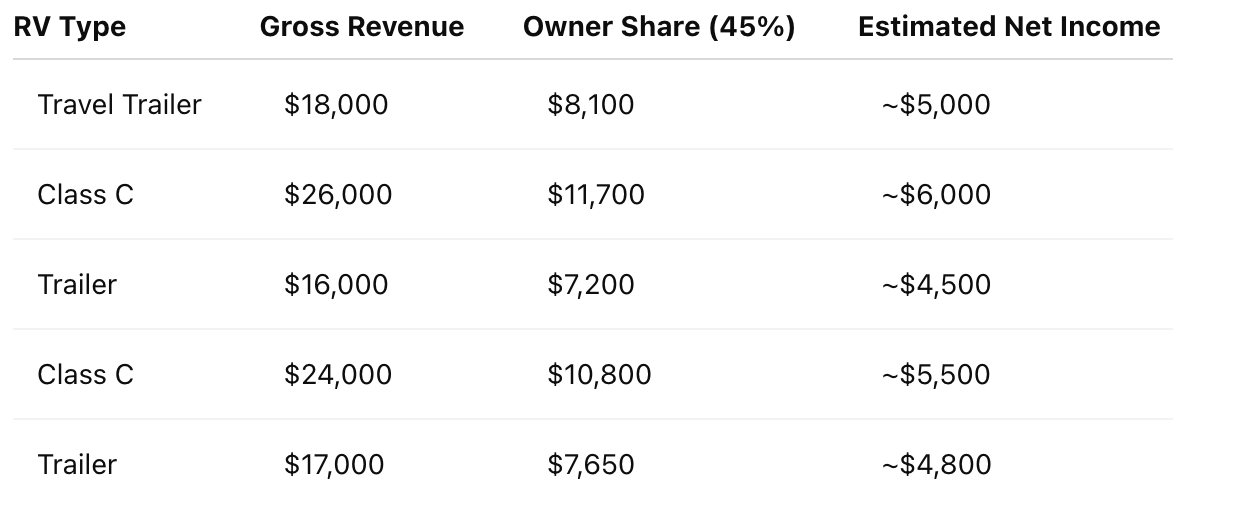
Total Annual Income: ~$25,000+ passive net income
All while maintaining ownership and without managing day-to-day operations.
9. Final Thoughts: Long-Term Wealth on Wheels
RV portfolios aren’t a trend—they’re a new asset class. With the right partners, the right units, and a disciplined scaling strategy, investors can:
- Earn consistent monthly income
- Build equity in rolling assets
- Access depreciation and tax deductions
- Scale without infrastructure
For those who want to invest in mobility, cash flow, and lifestyle—this road is wide open.
– RVM Team
